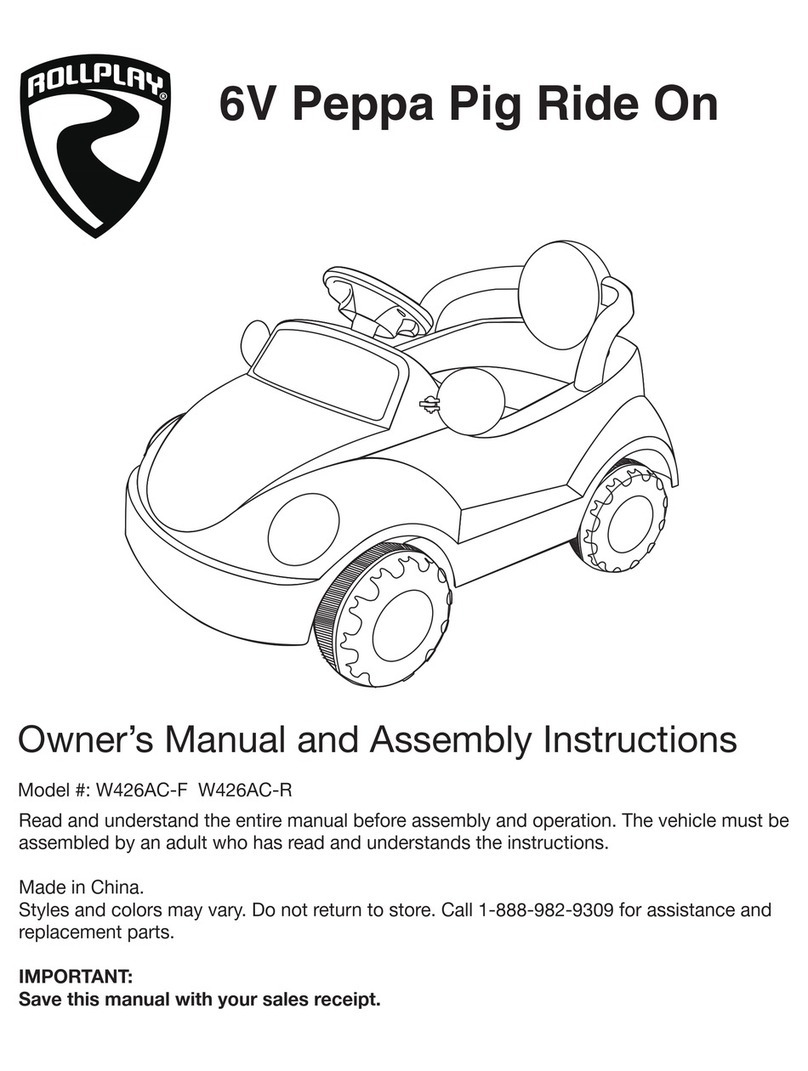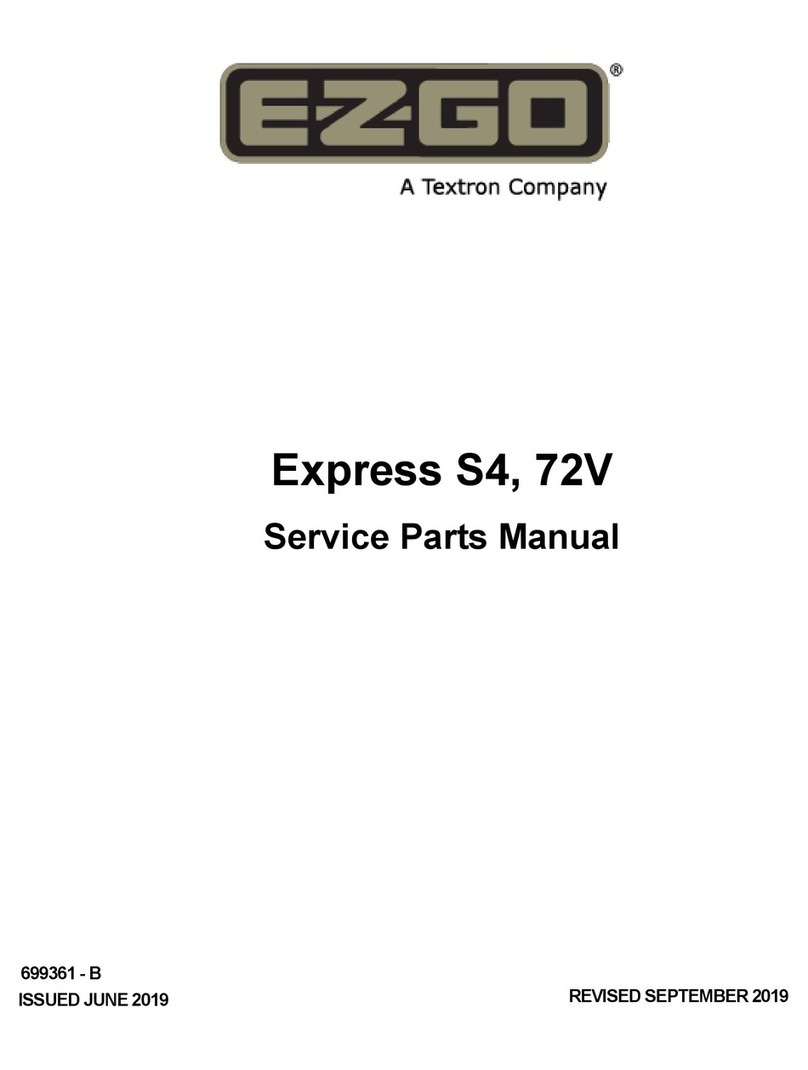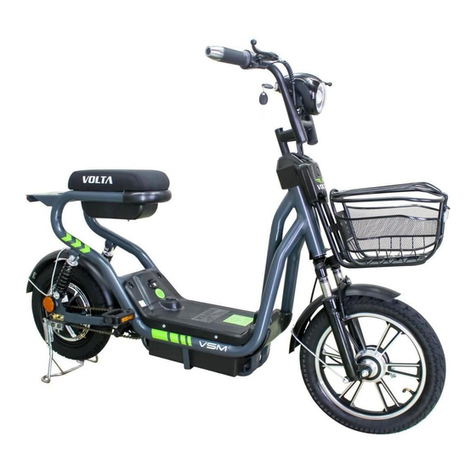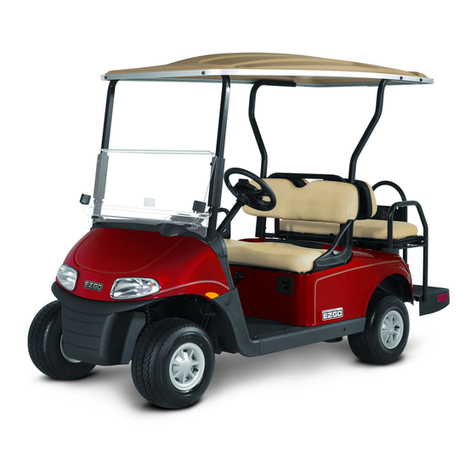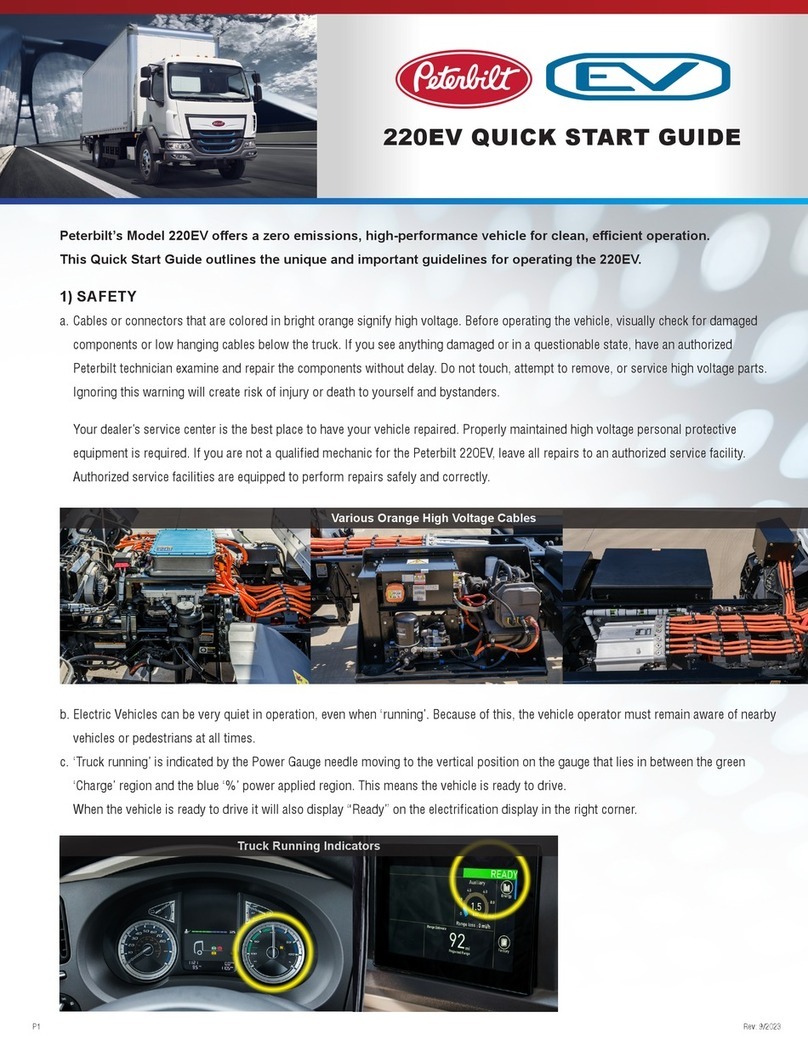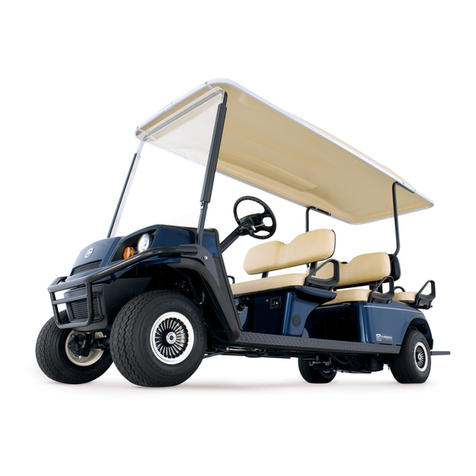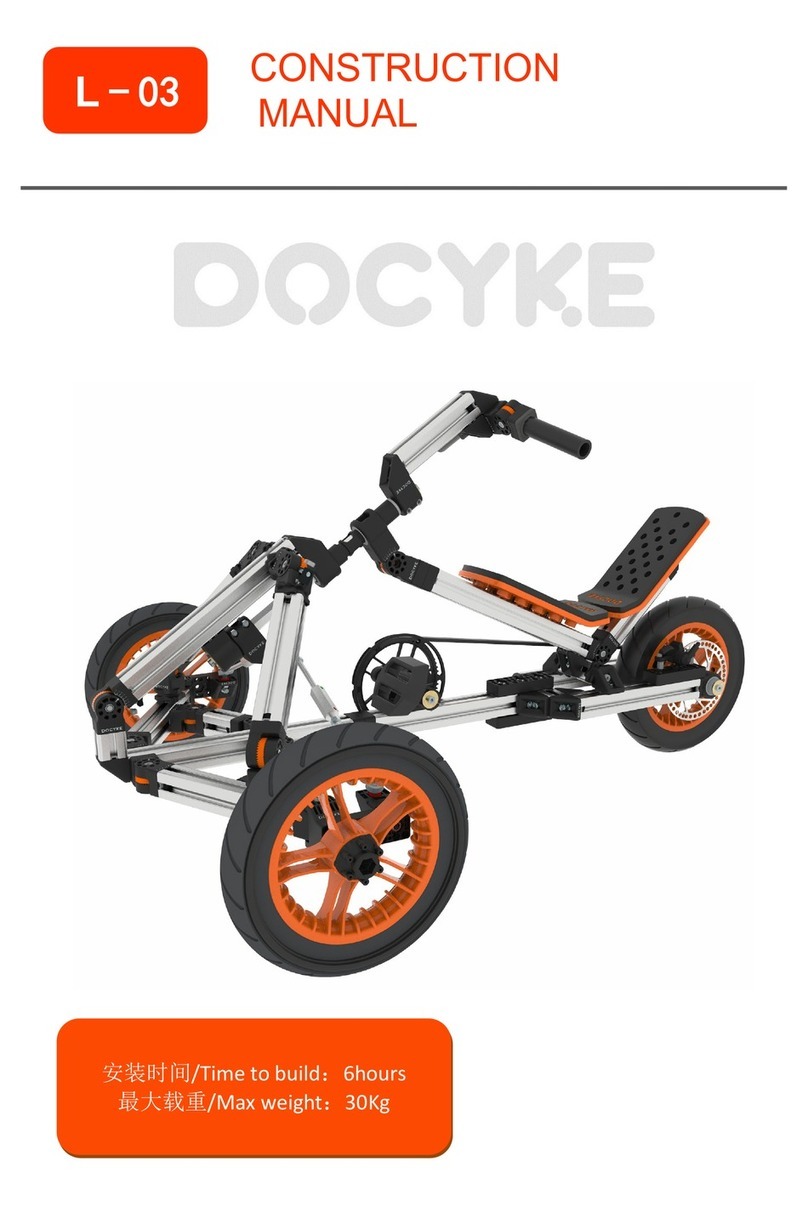
KNOWING YOUR VEHICLE
8
OPERATING PRINCIPLE
HYBRID SYSTEM EQUIPMENT
Compass 4xe is a P-HEV (Plug-in Hybrid
Electric Vehicle).
The car is equipped with:
in the front with the conventional heat
engine, to which is coupled an electric
motor that performs the function of
alternator;
in the rear with an electric motor
(powered by a high-voltage lithium ion
battery) on the rear axle, for motion
transmission.
GENERAL INFORMATION
The vehicle can be charged with
alternating current (AC) using:
a domestic power socket. Charging
via the domestic power socket is
permitted with voltage values ranging
from 100 to 230 Volts depending
on the country and depending on
the charging cable connected to the
vehicle (e.g. 110 Volts cannot be
charged via the 230 Volt cable);
a domestic charging station (wallbox);
a public charging station.
Depending on the driving and operating
conditions of the vehicle, the hybrid
system can move the vehicle in purely
electric mode or support the heat engine.
Thanks to the "E-SAVE" mode, the heat
engine can help to charge the high-
voltage battery or keep its state of charge.
During operation in electric mode
("ELECTRIC") the car uses only the
electric motor for a certain distance as
long as the high-voltage battery permits it.
For more information on the "E-SAVE" and
"ELECTRIC" operating modes, refer to the
"Operating Modes" chapter in this section.
The high-voltage battery is also
charged during regenerative braking
("eBraking"/"eCoasting").
In purely electric driving mode the car
does not consume fuel, but uses the
energy stored in the battery. This is
useful for quiet driving or for access to
urban areas where there are special
restrictions for cars equipped with internal
combustion engine only.
When operating in ”HYBRID" mode, the
rear electric motor supports the heat
engine by reducing fuel consumption.
MOPAR®, as an original accessory, offers
the "smart" wallbox dedicated to efficient
car charging in a domestic installation.
For more information on domestic
charging stations (wallbox) contact the
Jeep Dealership.

